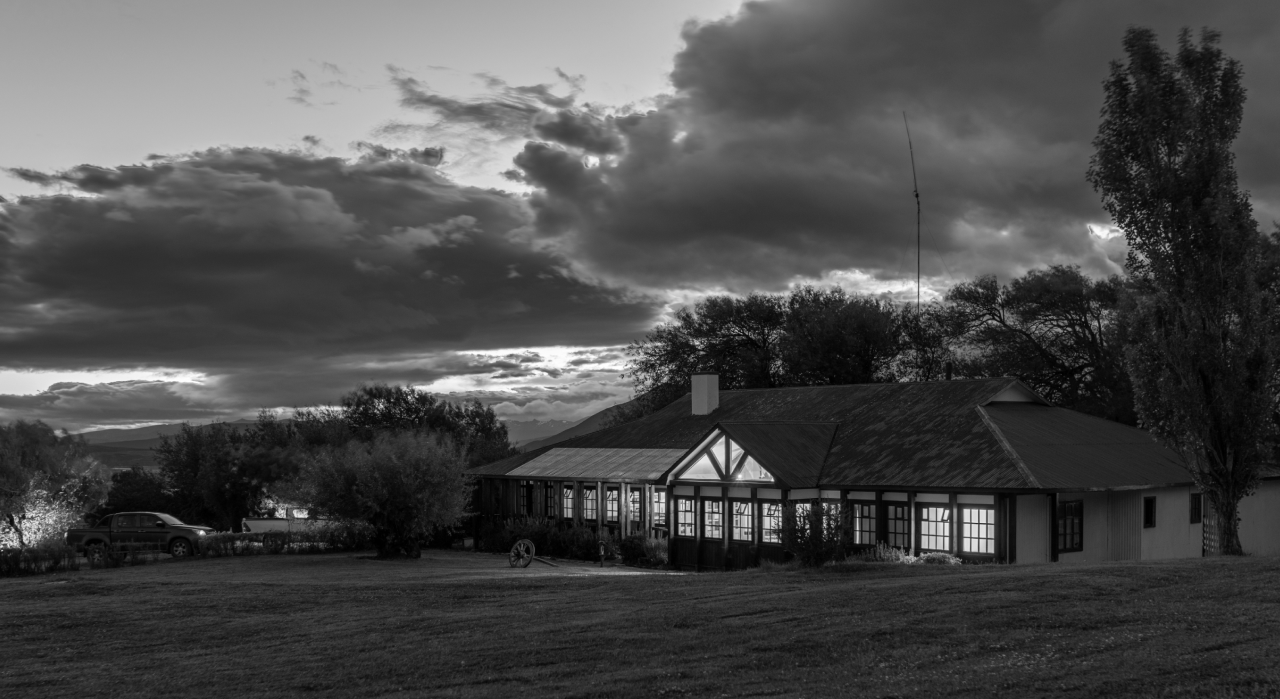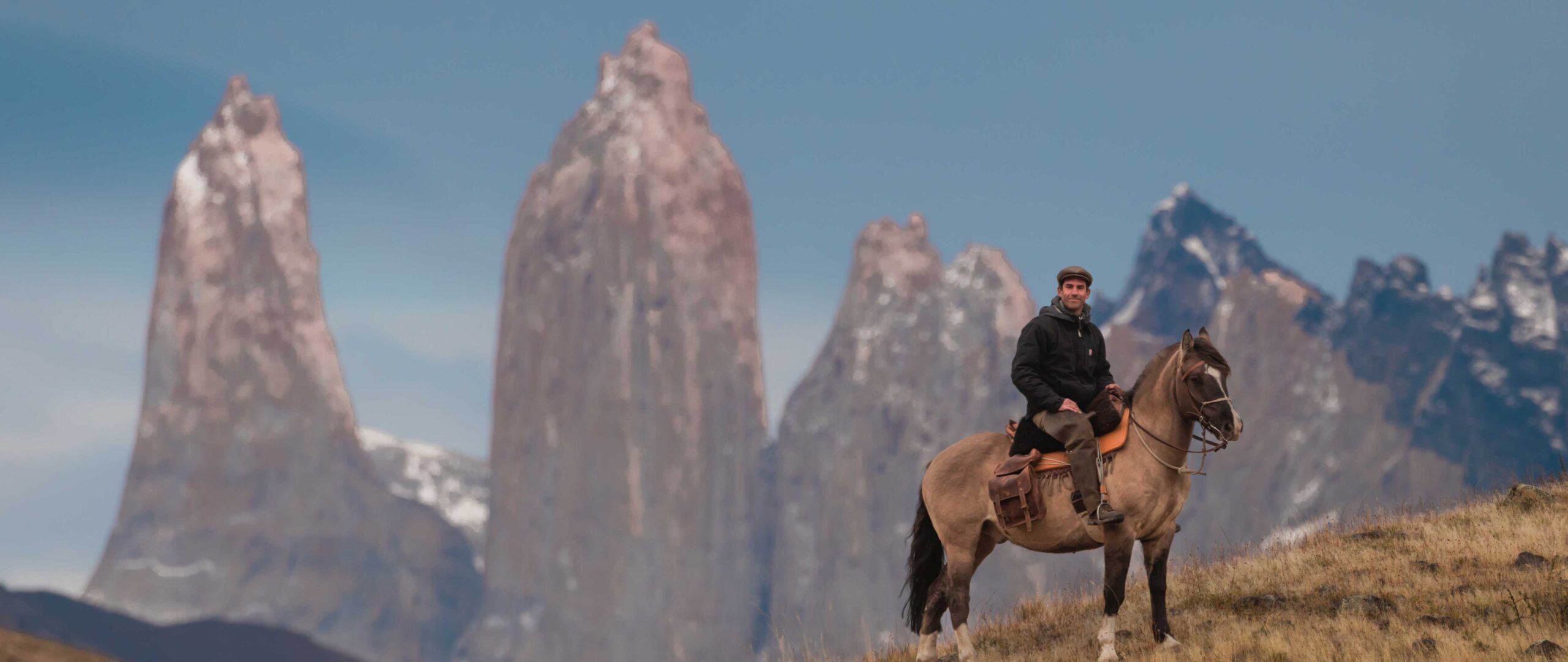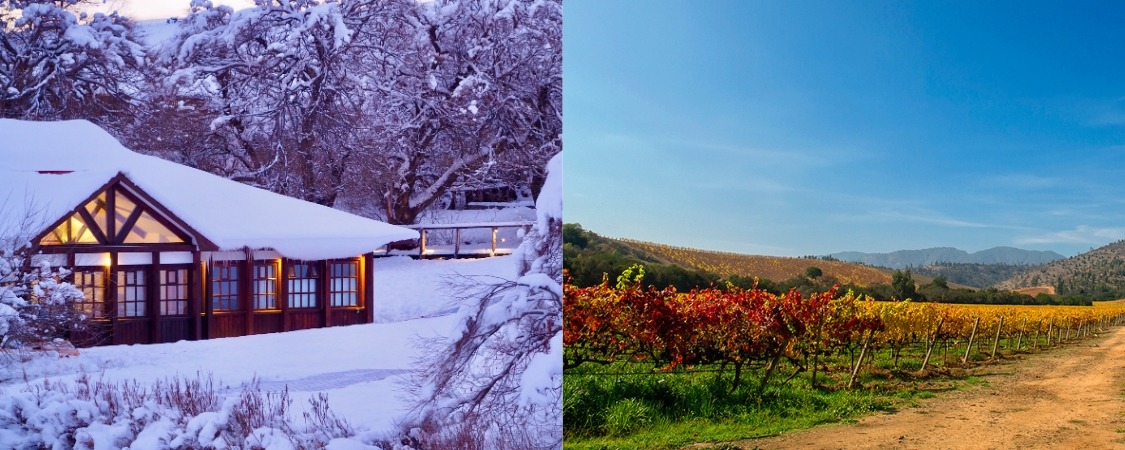22 February 2024
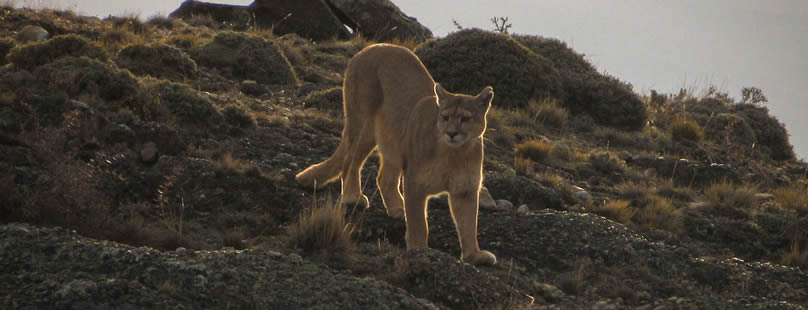
Conservation Safari: The Treasure of Wildlife
The Conservation Safari is a journey through the conservation areas of Estancia Cerro Guido, where guests will be able to appreciate the magnificence of the wildlife present in Patagonia.
It is 6:45 in the morning. The night before, the guides were insistent that we had to depart at this time if we wanted to have a chance to witness the kings of Patagonia: the Pumas.
We boarded the Land Cruiser, the vehicle that Estancia Cerro Guido uses for the Conservation Safari, one of the many excursions that this hotel offers in its wide range of activities that aim to raise awareness of the importance of inter-species harmony.

The guides set up the coolers with coffee and cookies to complement the trip. Suddenly, getting up at 5 a.m. wasn’t so bad. You see landscapes that are unique in the world, magnificent wildlife that you will not find anywhere else on the planet.
You get out your cell phone in an attempt, often unsuccessful, to capture all the wonders your eye is witnessing. However, no lens, no camera, can even come close to replicating the sensations you are experiencing on your journey. You put away your cell phone, it is not worth it to appreciate such landscapes through a screen.
Finally we arrive at the Condoreras sector. A place of approximately 2000 km2, belonging to the Estancia, but not inhabited by anyone but its true owners: the Patagonian wildlife. It is a pristine place, free of human intervention, except for a few camera traps that allow professional trackers to follow the movement of the animals that live there.
The area is immense. The horizon is not visible, however, just entering this sector, we find Patricio getting out of his pickup truck, one of the many trackers who have dedicated their lives to the observation and care of species such as the Puma, often persecuted for representing a danger to livestock.
It is 7 a.m. and Patricio doesn’t seem to be sleepy. His eyes are wide open and attentive to any movement. Even when he talks to you he seems to be searching with, perhaps, eyes in the back of his head.
The Encounter
I had never seen a Puma before and it certainly wasn’t one of my great ambitions to be here. I always thought that the magic of Patagonia was in Torres del Paine National Park and the great scenery that surrounds it. Animals were not my main motivation. But everything changed.
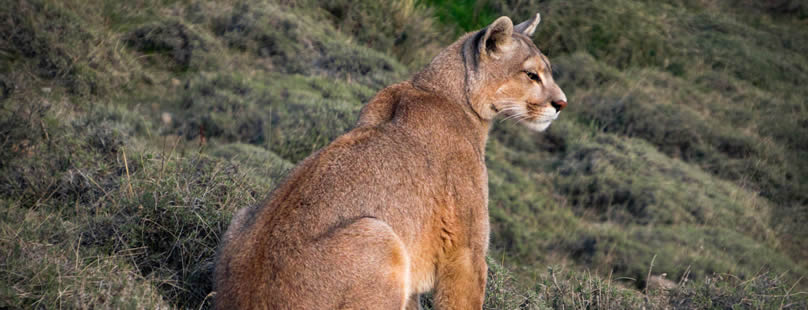
As we were driving along Condoreras, we noticed Patricio stop and get out of his truck with a grin from ear to ear, gesturing for us to get out of our vehicle.
He had seen something and wanted us to join him in his joy. We got off and the first thing we heard was a soft “SHHHH!”. Of course, we don’t want to scare away whatever is near us. We want to see it, of course.
We grab our binoculars that the Estancia guides leave on the seats in the back of the Land Cruiser with the intention of giving us the tracker experience. After a couple of indications, sometimes vague, but after reaching a common consensus, they manage to understand. We saw them.
There they were. They were three pumas, a mother with her two cubs. It was Collarcita with her daughters Mara and Perla, looking for a place to lie down and rest. We were lucky, because once they lay down it was practically impossible to see them with the naked eye.
They were far away. At least 50 meters, however, is the prudent, recommended and obligatory distance to approach the pumas. Let us not forget that they are predators and we do not know how they may react.
It is a magnificent animal. Its golden fur, which camouflages perfectly with the earth tones of the Patagonian soil; its long tail, which provides balance to this great animal; its smooth movement, which helps it not only to hunt, but also to survive, make its presence unique.
If I had to describe my feelings, I would define them in two words: Vulnerable and Amazed. Vulnerable because you are aware that what you are seeing is a predator, at any moment it can approach you; and Amazed because being in the presence of such a creature is not something that happens every day.
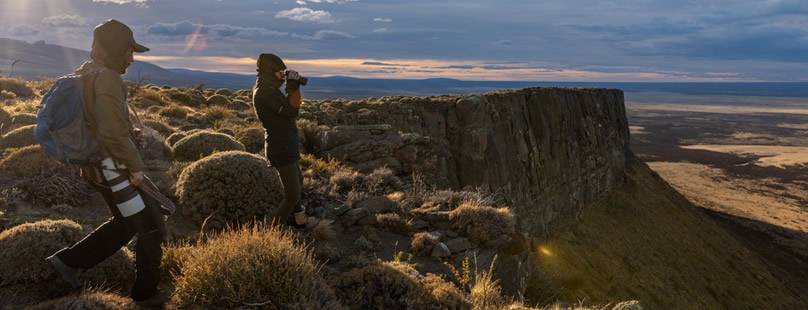
Unfortunately, we had to abandon our sighting. Our objective is not to follow the puma, but to appreciate it. Just as it was with the condors, guanacos, foxes, skunks and armadillos that we were able to witness.
Each and every species has its own magic. A sense of belonging that nature has given them and that transmits us the feeling that they let us in, that we are visiting them. It is their home, not ours.
Cerro Guido Conservation Foundation
In 2019, motivated to find a solution to the conflict and coexistence between livestock activity and wildlife conservation, the Cerro Guido Conservation Foundation was born with the objective of finding tools and techniques to resolve the harmony between fauna, flora and livestock.
For more than a century, predators such as the puma have been persecuted and hunted because they represent a threat to livestock activity, causing irreparable damage to the Patagonian ecosystem.
If you would like to learn more about the Conservation Safari and the work of the Cerro Guido Conservation Foundation, click here.
